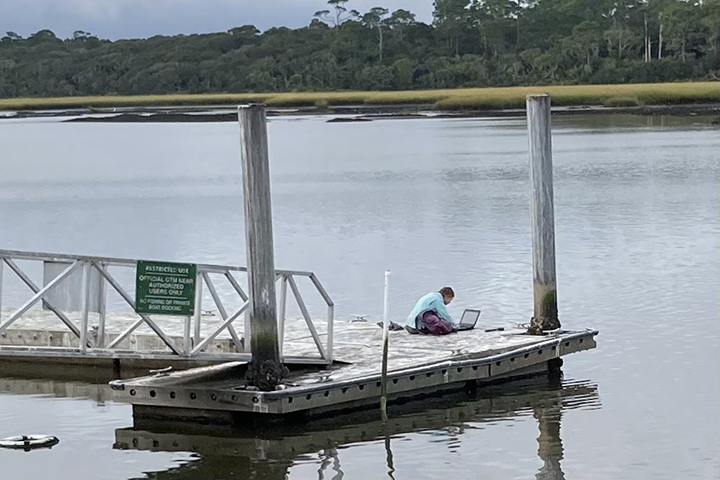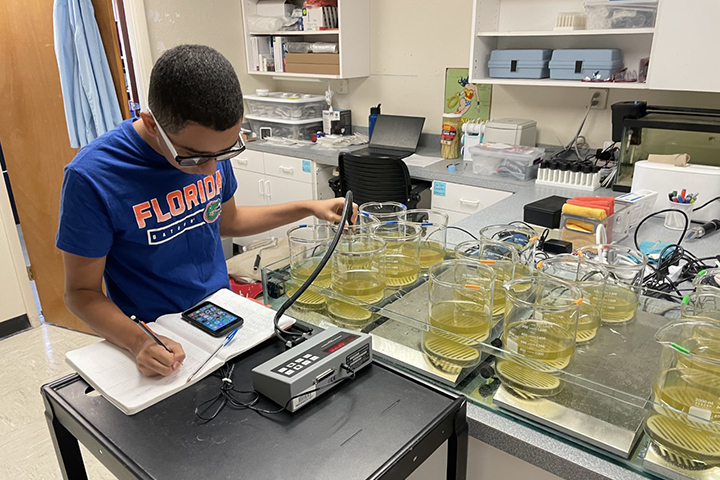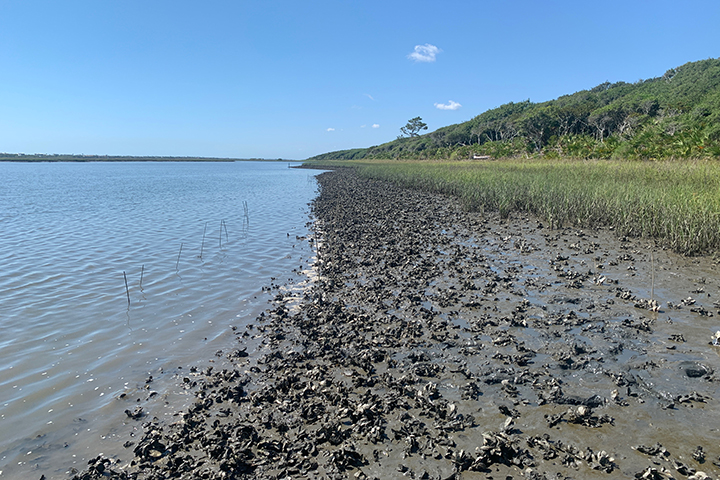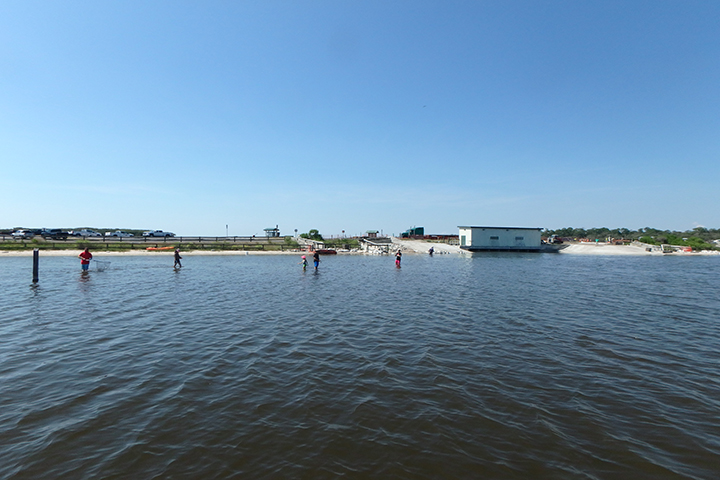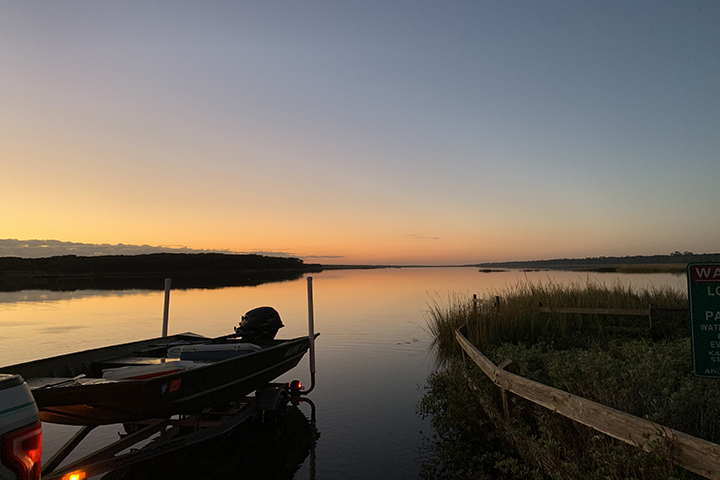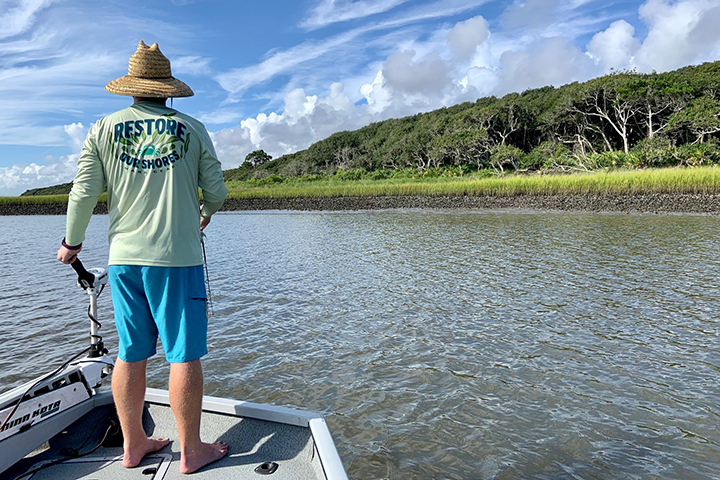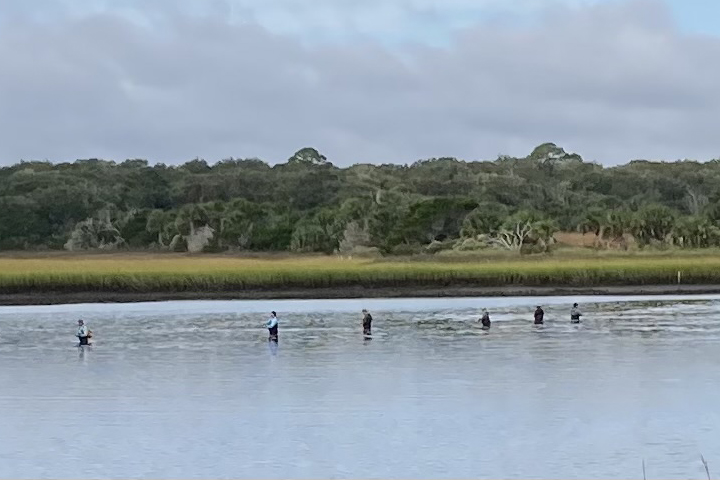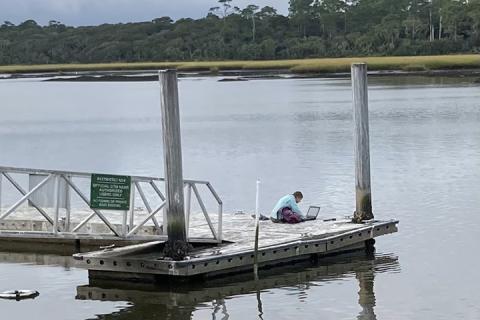
Working to develop an R-based Shiny app to support open access data science and provide access to non-SWMP ecological data sets and visualizations for the Guana River Estuary.
The Guana Tolomato Matanzas (GTM) Reserve in Northeast Florida includes a range of water resources and unique habitat types. Across the reserve, a variety of user groups need both physical access to natural resources and virtual access to data. Currently, data are accessible via the NERRS System-wide Monitoring Program (SWMP) and hosted by the Centralized Data Management Office, but there is increasing demand for non-SWMP data and a need to engage the local community in science.
In collaboration with the GTM Reserve, a project team at the University of Florida is working to develop an R-based Shiny app to support open access data science and provide access to non-SWMP ecological data sets and visualizations for the Guana River Estuary. The web-based, public-facing, interactive dashboard will be developed iteratively with GTMNERR staff, visiting scientists, local resource managers, and residents and will provide access to maps and data related to water level and water quality. The app will serve as a model for other reserves interested in making interactive data visualization tools available to their communities.
The project team gives a short introduction to "Using Collaborative Open Science Tools to Improve Engagement with the Ecology of the Guana River Estuary," a science transfer project funded in 2022 by the NERRS Science Collaborative.
